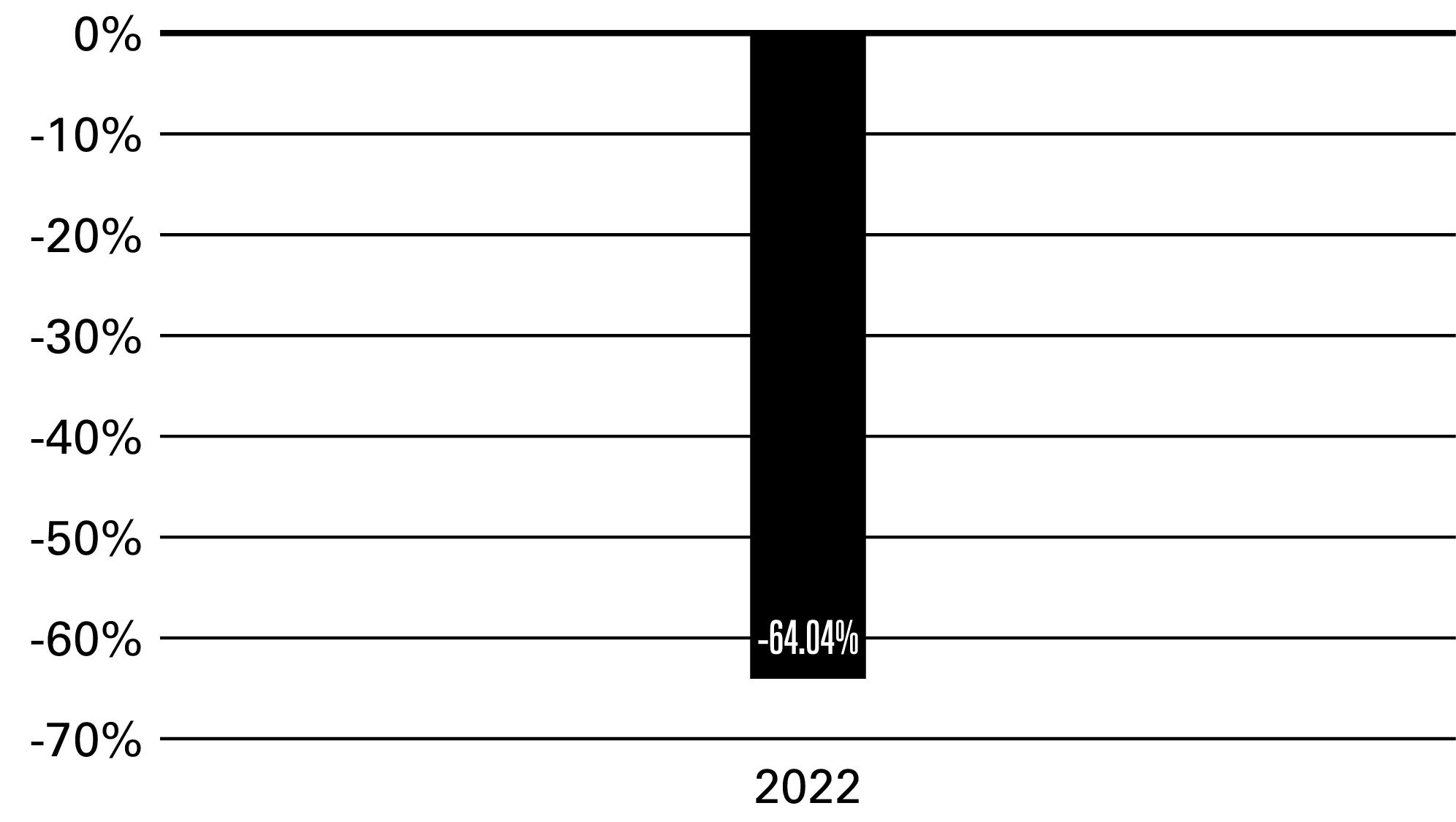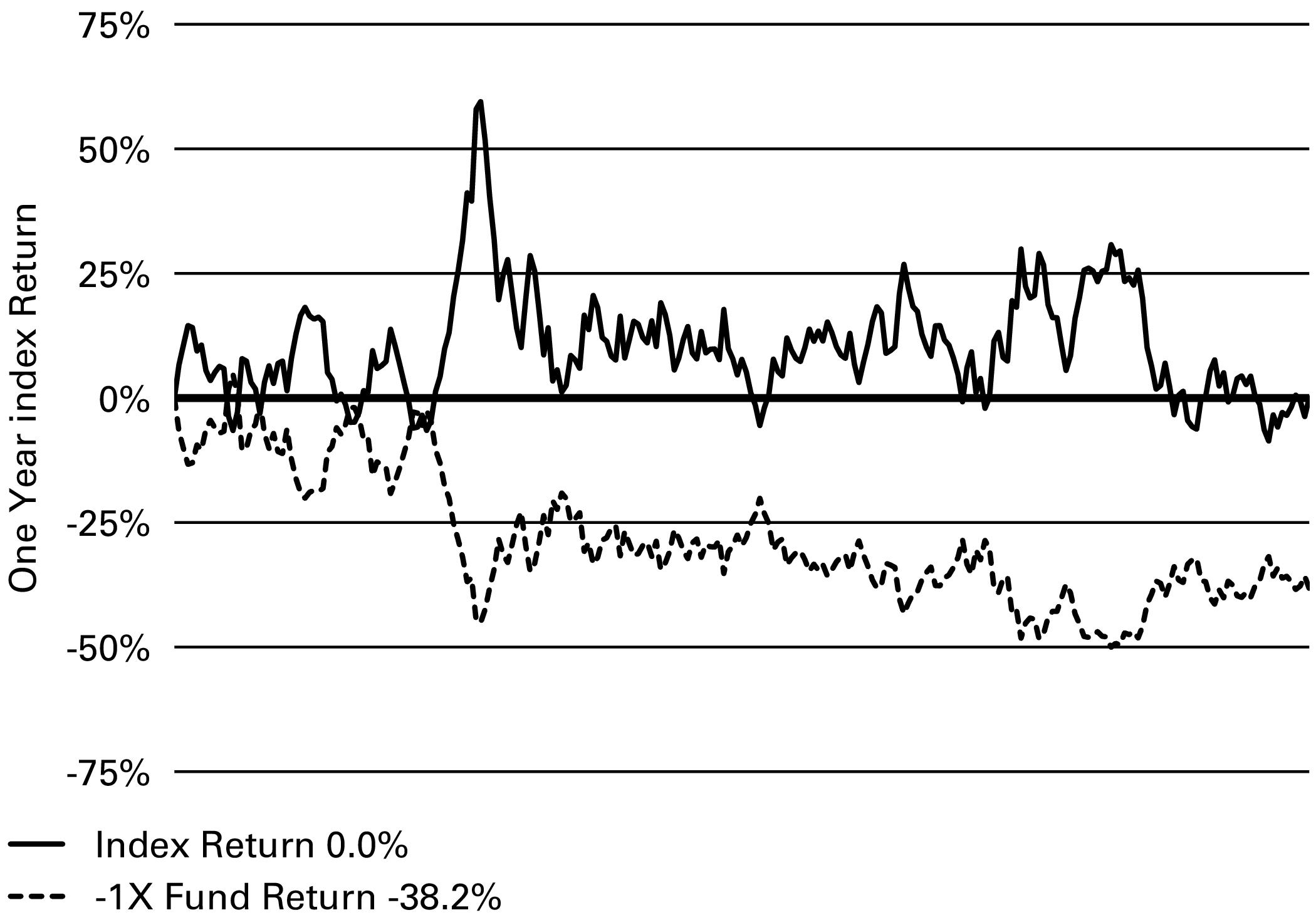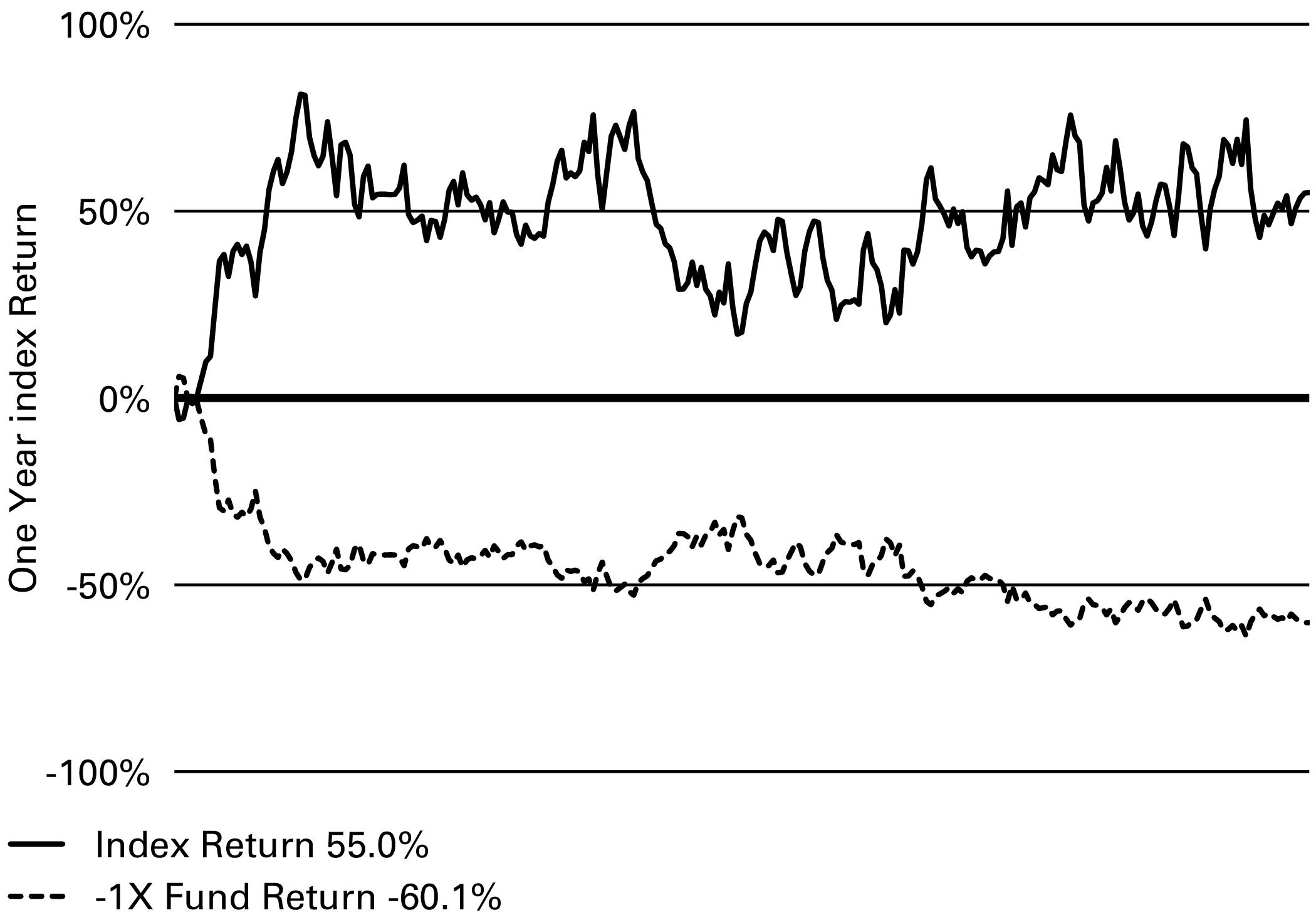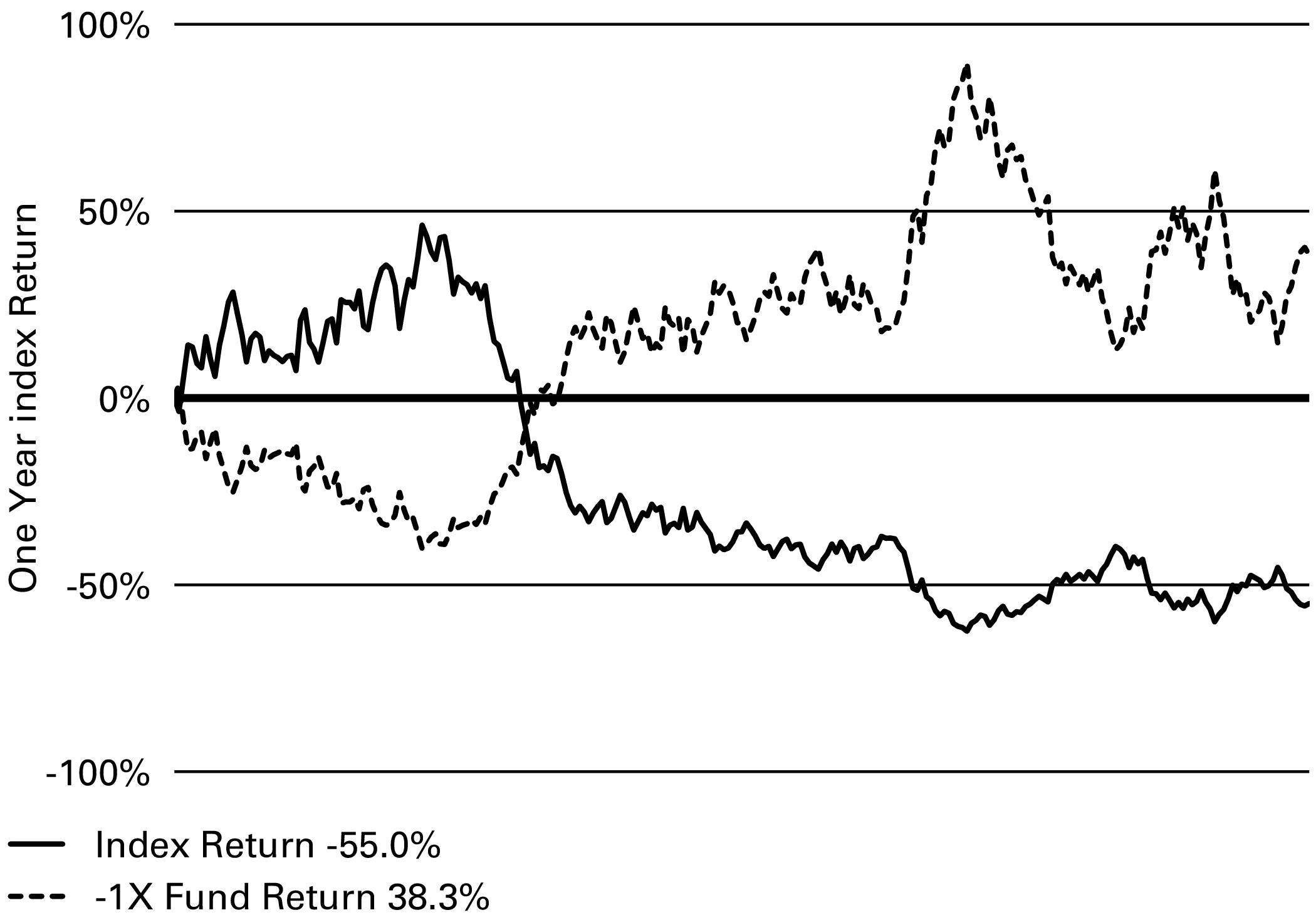NYSE Holiday Schedule:The NYSE is open every week, Monday through Friday, except when the following holidays are celebrated: New Year’s Day, Martin Luther King, Jr. Day (the third Monday in January), Washington’s Birthday (observed), Good Friday, Memorial Day (the last Monday in May), Juneteenth National Independence Day, Independence Day, Labor Day (the first Monday in September), Thanksgiving Day (the fourth Thursday in November) and Christmas Day. Exchange holiday schedules are subject to change without notice.
Securities Industry and Financial Markets Association’s (“SIFMA”) Proposed Close and Early Close Schedule: On the following days in 2024 and 2025 SIFMA has recommended that the U.S. bond markets close: May 27, 2024, June 19, 2024, July 4, 2024, September 2, 2024, October 14, 2024, November 11, 2024, November 28, 2024, December 25, 2024, January 1, 2025, January 20, 2025, February 17, 2025, April 18, 2025, May 26, 2025, June 19, 2025, July 4, 2025, September 1, 2025, October 13, 2025, November 11, 2025, November 27, 2025 and December 25, 2025. SIFMA has recommended that the U.S. bond markets close early at 2:00 p.m. (Eastern Time) May 28, 2024, July 3, 2024, November 29, 2024, December 24, 2024, December 31, 2024, April 17, 2025, May 23, 2025, July 3, 2025, November 28, 2025, December 24, 2025 and December 31, 2025.
You may receive redemption proceeds of your sale of shares of a Fund in a check, Automated Clearing House (“ACH”), or federal wire transfer. The Funds typically expect that it will take one to three days following the receipt of your redemption request made in “good order” to pay out redemption proceeds; however, while not expected, payment of redemption proceeds may take up to seven days. Each Fund maintains a cash balance that serves as a primary source of liquidity for meeting redemption requests. The Funds may also use the proceeds from the sale of portfolio securities to meet redemption requests if consistent





